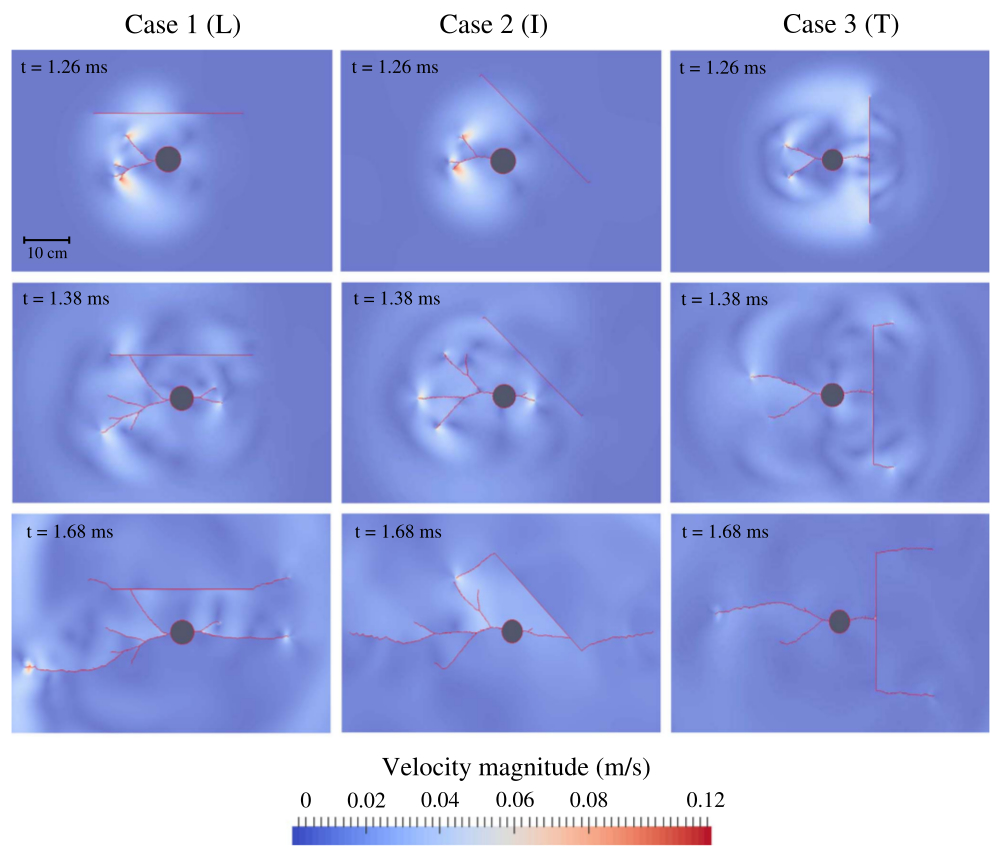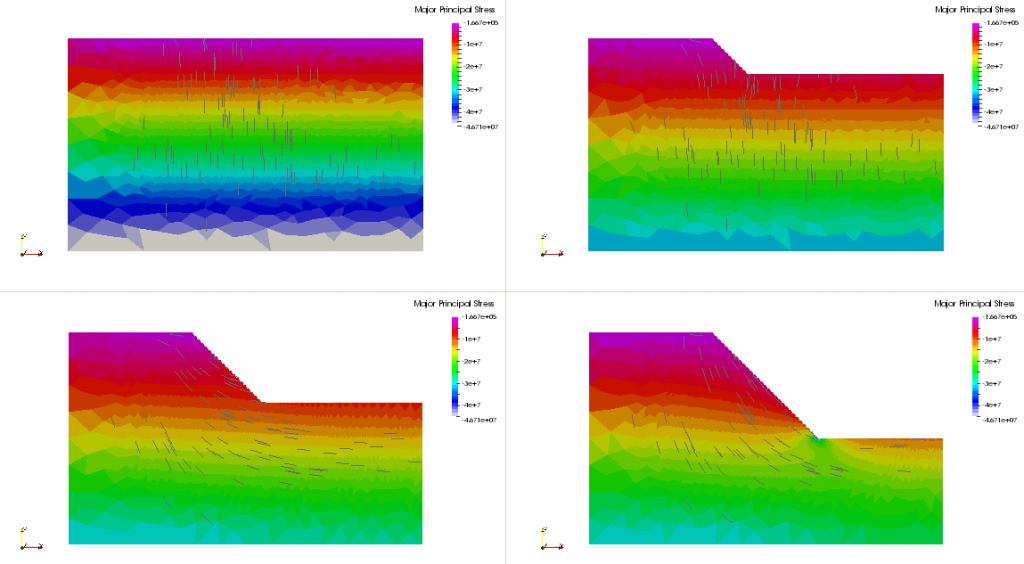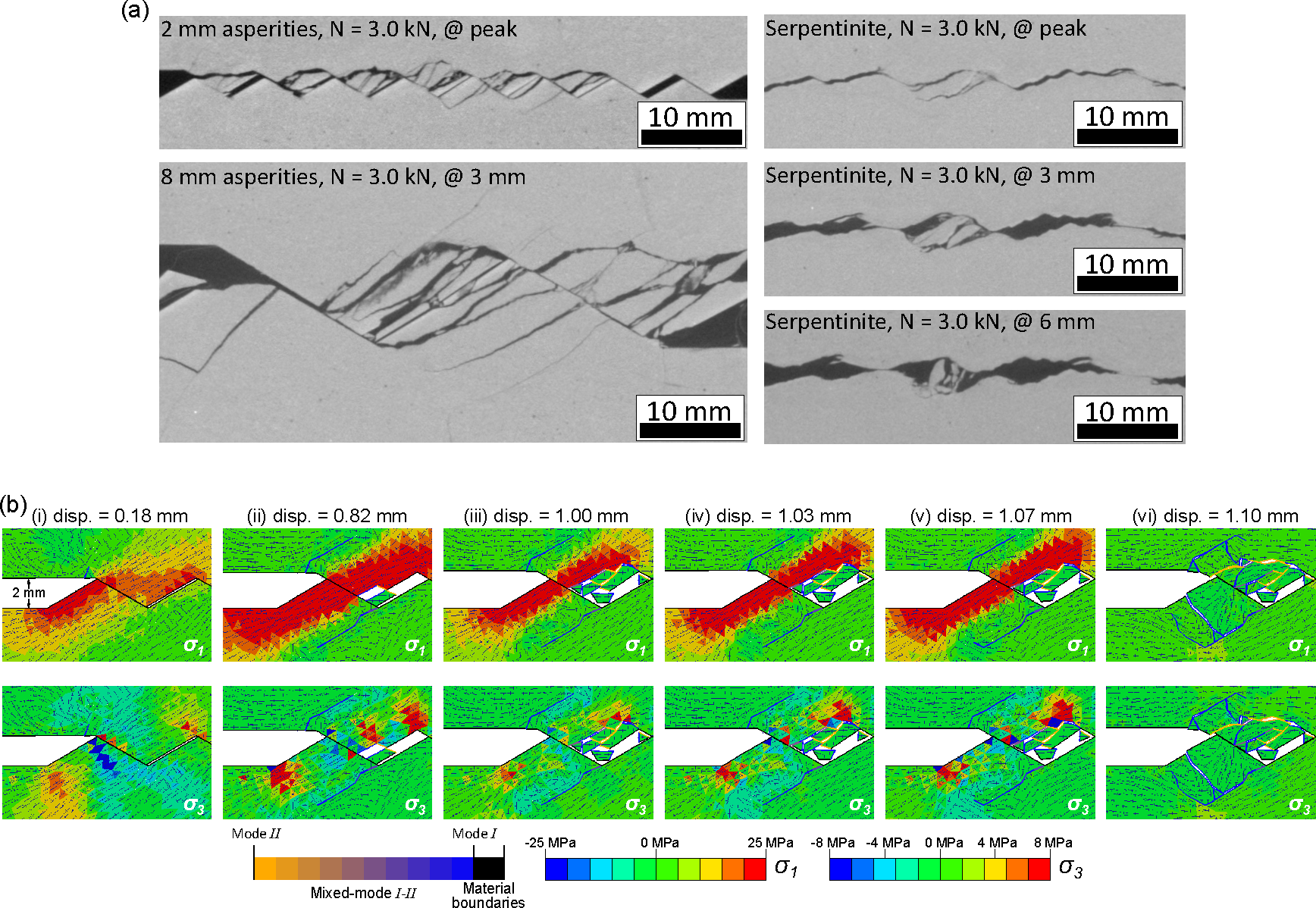During hydraulic fracturing treatments from horizontal wells, proppant slurries are pumped into the induced fractures to prevent crack closure upon de-pressurization, thus enhancing hydrocarbon recovery. Transport and emplacement of proppant particles may have a strong influence on the rock mass stress re-distribution and hydraulic conductivity of the induced fracture network. Therefore, prediction of proppant injection … Read more
FDEM
Geomechanica’s guest blog series are written by rock engineering and geomechanics experts. In the second post of these series, we’re showcasing the work of Dr. Murad Abuaisha on “Hydraulic fracturing and induced seismicity by FDEM.” Murad Abuaisha is an assistant professor at the School of Mines (École des Mines – Paris). He has been conducting research on … Read more
The computational engine of Irazu simulation software is based on the finite-discrete element method. This inherently means that Irazu is equipped with a finite element solver (FEM). The FEM solver uses linear elastic constitutive laws (isotropic and transversely isotropic) and solves the equations of motion using an explicit time integration scheme. Therefore, it is well … Read more
The multi-facetted experimental and numerical investigation forming the PhD thesis of Geomechanica’s Dr. Bryan Tatone entitled “Investigating the evolution of rock discontinuity asperity degradation and void space morphology under direct shear ” demonstrated the first experimentally-supported simulation of discontinuity shearing using a FDEM modelling approach. Dr. Tatone’s work coupled micro-Computed Tomography (micro-CT) with FDEM modelling … Read more
Geomechanica is launching a guest blog series, written by experts and numerical modellers in the field of rock engineering. In the first post of this series, we’re showcasing the work of Andrés Alcolea on “A pragmatic methodology to abstract the EDZ around tunnels of a geological radioactive waste repository – Application to the HG-A experiment … Read more



